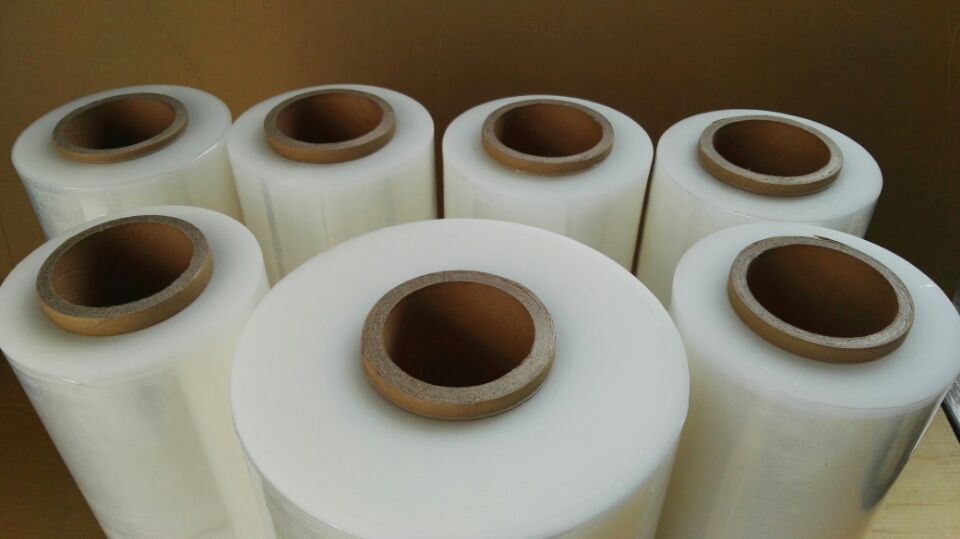Stretch Film
What is an effective fpc1? Actually, it’s not as easy as it looks From the delicate packaging of perishable food to clunky cement bags, many products have spent at least part of their lives, taking time to store and move the tray. Through the warehouse, the surviving trucks across the mainland, even across the oceans, the pallet load are exposed, they are often exposed to many environment, exist in almost every step has potential losses. There is no way to protect the load on the tray 100%, but the effective stretch wrap is better than anything you can do to avoid damage. Even the pallet load of stretched packaging can be plagued by damage, so it is very effective to ensure the load on each tray increases the likelihood that the tray will reach the destination. Variables and options can make effective stretching packages more complicated. On the surface, it seems easy to see the effective stretch wrap. After all, the basic stretch packaging requirements can ensure that the number of containers at least required for each load can be guaranteed. Control is the key stretching and winding metric. It is the cumulative pressure of all the tensile films on the load. This difficulty is the difficulty of being squeezed and kept together. It’s ok to have more restraining forces than you need, as long as you don’t crush or distort loads, but less is not. You have an obligation to keep you safe, and if you can, you are safe Most customers try to get the necessary control with the least amount of film (the lowest movie cost) to get the most attention, which will open up a lot of worms. There are a lot of options for them. The formula for limiting the tension of the film, such as the one set on the stretcher, is applied to the load or CF = foot x FL. It shows that we can get some restraining load by adjusting the membrane tension and membrane layer.
